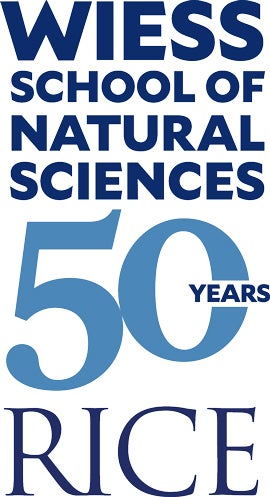
Standing by a river, Mark Torres sees more than flowing water. He sees questions.
“I find rivers very fascinating,” he said. “If you’re standing by one, you’re sort of wondering: Where is that water coming from? What’s in that water? Why are rivers shaped the way they are? Rivers have a history. Have they always looked that way? How are they changing in time?”
That curiosity began in childhood summers spent splashing in creeks. Later, it grew into a career that now links the chemistry of rivers to some of the most profound questions about Earth’s past and future.
“I thought I wanted to do paleontology,” said Torres, an associate professor of Earth, environmental and planetary sciences. “But then I got more interested in the environments that the fossils came from. Was this a jungle? Was it a savannah? To understand those kinds of questions about ancient rocks, you need to understand their chemistry. And that eventually got me into studying the chemistry of rivers since rivers supply the ingredients used to form rocks.”
Torres’ lab investigates how rivers, rocks, and glaciers shape Earth’s cycles of carbon, nutrients, and water. The focus is on how Earth has sustained life over billions of years, and how life has shaped and reshaped the planet.
“What makes and keeps planets habitable?” he asked. “Earth is the only habitable planet we know about, and we want to know ‘What are the things on Earth that allow for habitability and maintain it over billions of years?’”
Part of the answer is Earth’s ability to recycle itself.

“The carbon in the atmosphere today came out of a volcano, and the volcano took it out of the crust,” Torres said. “This is a big conveyor belt that moves carbon, moves energy, moves other elements like phosphorus. Understanding how Earth recycles itself is a driving question.”
Finding the answer could help humans manage the planet more responsibly, he said.
“We are coupled to many of these elemental cycles, like the carbon cycle,” Torres said. “If we want to manage them, we have to actually understand how they work. If we don’t have the user guide or the instruction manual, we’re just doing things randomly, and sometimes that works and sometimes it doesn’t.”

He said one area of growing interest is “enhanced weathering,” using natural chemical processes to capture atmospheric carbon dioxide.
“Granites, for example. If you crush them up, put them on soil, they’ll naturally take CO2 out of the air,” Torres said. “If you do that right, you can potentially improve some soil properties at the same time.”
But scaling up is difficult because there are many things we don’t yet understand about Earth’s planetary processes.
“The Earth operates on so many different scales,” Torres said. “Some chemical reactions are happening at a molecular scale. But we’re interested in molecules that are distributed over a watershed. How do they all work together to give us a river? And then, that river connects to the ocean, and the chemistry of the ocean is on another scale and happening over millions of years. It’s just a challenge to put all of those things together.”
In Torres' lab, that translates into activity as diverse as field expeditions to collect river sediments and fossils, lab work performing complex measurements on those samples and computational modeling.
The complexity keeps his curiosity flowing, and he still finds inspiration in standing by a river. “In my office, I can write down some equations, but whenever I go out and look at a real river, it’s always like, ‘Oh man, it’s so much more complicated. There’s so many things going on.”

